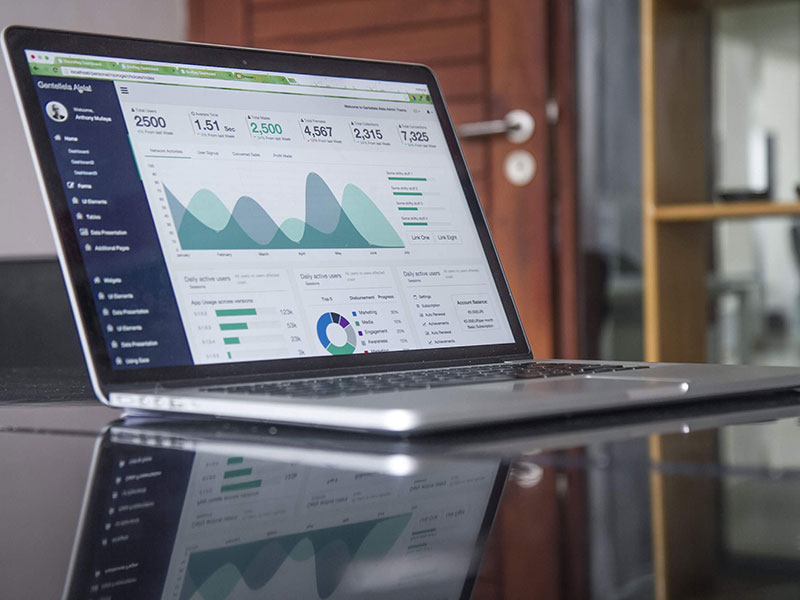Header Photo Credit: Airfocus_Unsplash
Key Points
- A company’s public reporting on its social compliance program may be a stand-alone report or part of a broader sustainability or CSR report. It may be published in hard copy, on a company’s website, or both; some companies publish both an annual or other regular hard-copy report and post updates online.
- Public reporting can help to ensure accountability and build trust between consumers, companies, workers organizations, and more, even if they do not reveal a perfect social compliance record.
- Companies should make data and information on their social compliance program available to the public. This could include publishing the details of their risk assessment processes, code of conduct compliance rates, results of inspections/audits, and the status of CAP implementation at supplier levels.
- Several laws enacted at state, federal, and international levels, such as Canada’s Fighting Against Forced Labour and Child Labour in Supply Chains Act, the United Kingdom’s Modern Slavery Act and the pending EU Directive on Corporate Sustainability Due Diligence, have mandated certain disclosures for companies subject to those laws. See Legal Compliance for more information on public disclosure legislation.
- The worker-driven social compliance team should designate a person to lead the reporting process, with other team members assigned to assist. That person will coordinate with the team but also with the other business units throughout the company. Some companies work with an external service provider to develop the report or integrate external stakeholders who serve as advisors to the team or as members of the team. Including input from workers’ organizations in the report drafting process is essential to preserving the report’s integrity.
- Beyond the important need for transparency, reports provide companies of all sizes the much needed context with which to engage consumers, stakeholders, and the public on its efforts, successes and challenges, and need for additional action.
Key Topics
Examples in Action

KnowTheChain is a resource for companies and investors to help them understand and address forced labor risks within their global supply chains. KnowTheChain benchmarks current corporate practices, develops insights, and provides practical resources that inform investor decisions and enable companies to comply with growing legal obligations while operating more transparently and responsibly.

ANA Group became one of the first Japanese businesses to publish a human rights report. Since the start of discussions to publish a report, they have continued to broaden their understanding of business and human rights, driven in part by the demands of the international community’s growing concerns and attention.

Uncommon Cacao works with nearly 4,000 farmers through collectives in 7 different cocoa-producing countries, supplying more than 200 craft chocolatiers globally. The company’s consistent public reporting on purchasing and sourcing information brings transparency to a sector that is sometimes lacking in these details and consistency.
Further Resources
- Fair Labor Association. Workplace Monitoring Reports. [Online, accessed August 4, 2020].
- Google. Google Transparency Report. [Online, accessed August 4, 2020].
- Global Reporting Initiative, the UN Global Compact and Realizing Rights. Corporate Human Rights Reporting: An Analysis of Current Trends. The Ethical Globalization Initiative. [Online, accessed November 2009].
- GSK. Human rights and modern slavery. [Online, accessed August 4, 2020]; available from https://www.gsk.com/media/5nnj4pxk/modern-slavery-act-statement-2020.pdf .
- HP. Sustainable Impact. [Online, accessed August 4, 2020].
- Nestlé. Tackling Child Labor. 2019 Report. [Online, accessed August 4, 2023].





